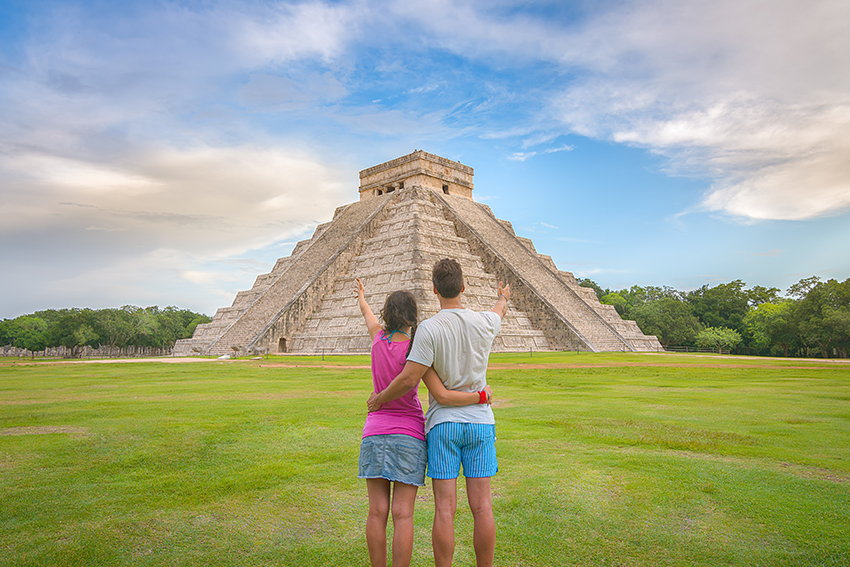Because the solar units on the day of the autumn equinox in September and the shadows fall throughout El Castillo, the pyramid that dominates the sacred coronary heart of the ancient Maya metropolis of Chichen Itza, the mysterious form of an enormous snake seems and ripples throughout the stairway. That is the image of Kukulcan, the feathered serpent god, returning to earth to give hope to his followers.
The ancient temple builders aligned the pyramid, often known as the Pyramid of Kukulcan, so exactly to catch the rays of the setting solar on the times of the spring and fall equinoxes in March and September. Triangles of sunshine and shadow kind alongside the aspect of the north staircase creating the form of a snake, which merges with an enormous carved head on the foot of the constructing. The phantasm is created of a big serpent slithering down from the heavens and throughout the bottom in the direction of the Sacred Cenote. The March equinox heralded the spring planting season for the Maya and that of September the time to harvest their crops.
The autumn equinox falls on September 22 in 2024, and the sunshine and shadow snake can be seen the day earlier than and after the equinox, cloud cowl allowing. Should you plan your journey to witness the Equinox phenomena, it should add much more magic to your go to, however in fact, there’s way more to see than the pyramid. As you discover this big website, which continues to be being excavated, you’ll see why it’s a UNESCO World Heritage Web site.
Exploring Chichen Itza
The Nice Plaza
The sacred coronary heart of Chichen Itza is dominated by the Pyramid of Kukulcan, often known as El Castillo. This 25-meter-high pyramid is a photo voltaic clock, aligned to catch the rays of the setting solar on the spring and fall equinoxes in March and September. Triangles of sunshine and shadow kind alongside the aspect of the north staircase and the determine of a snake seems, merging with the top of a stone snake on the foot of the constructing, creating the phantasm of a big serpent slithering down from the heavens and throughout the bottom in the direction of the Sacred Cenote. The apparition of this mysterious determine is testimony to the ability of ancient astronomers and designers.
The snake symbolizes Kukulcan (often known as Quetzalcoatl in central Mexico), the feathered serpent god, returning to earth to give hope to his followers and heralding the spring planting and fall harvest seasons for the Maya.
The Ball Court docket in the Nice Plaza is the most important in the Maya World. It was right here that the Maya performed a fast-moving ball recreation in which groups of warriors had to get a rubber ball by a stone ring excessive up on the wall of the court docket with their elbows, wrists and hips with out kicking it or utilizing their arms. Monks and nobles would watch the sport from the viewing platform in the South Temple.
The ball recreation had spiritual and mythological overtones and was linked to the everlasting battle between mild and darkness, good and evil, loss of life and rebirth. The carved panels on the court docket partitions present warriors, ball gamers in full regalia and the ritual decapitation of one of many group captains.
The acoustics in the ball court docket are unimaginable – you may actually stand at one finish and clap and be heard by somebody standing on the different finish, 146 meters away.
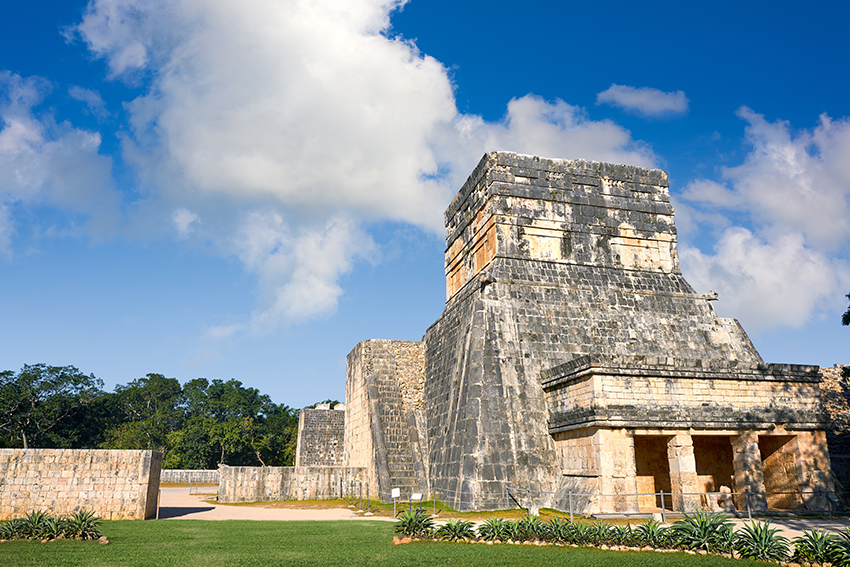
The Temple of the Jaguars
The jaguar or balam was a sacred animal for the Maya; it was the bearer of the solar on its nightly journey by the Underworld and was related to warfare on account of its ferocity and energy. It comes as no shock that the jaguar was commemorated in the warlike metropolis of the Itzae and that it even has a temple to honor it.
Jaguars, Mayan and “Toltec” warriors, feathered serpents and even a battle scene seem in the friezes in the higher and decrease temples. The decrease temple additionally has a jaguar throne.
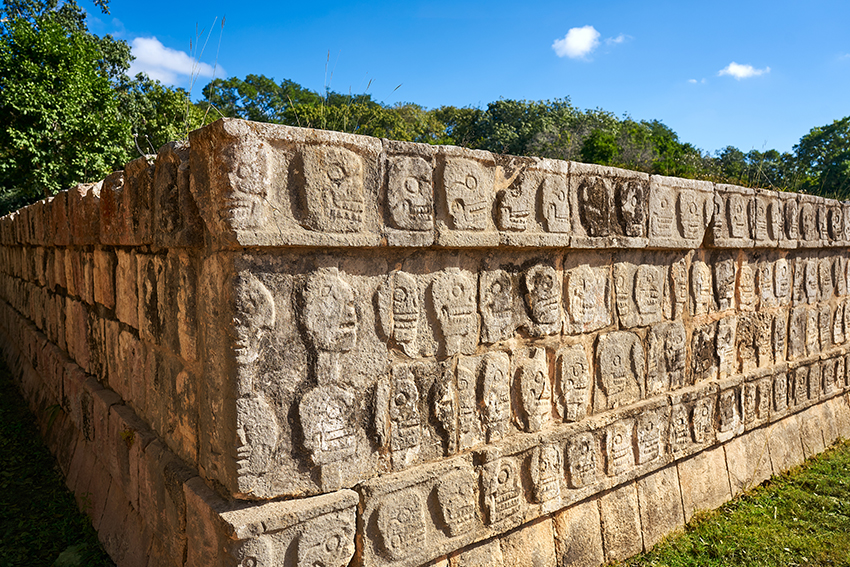
Tzompantli
This low platform in the Nice Plaza was a cranium rack upon which the heads of sacrificial victims or captives have been displayed. The wall carvings have a navy theme and present skulls, warriors, serpents and eagles devouring hearts.
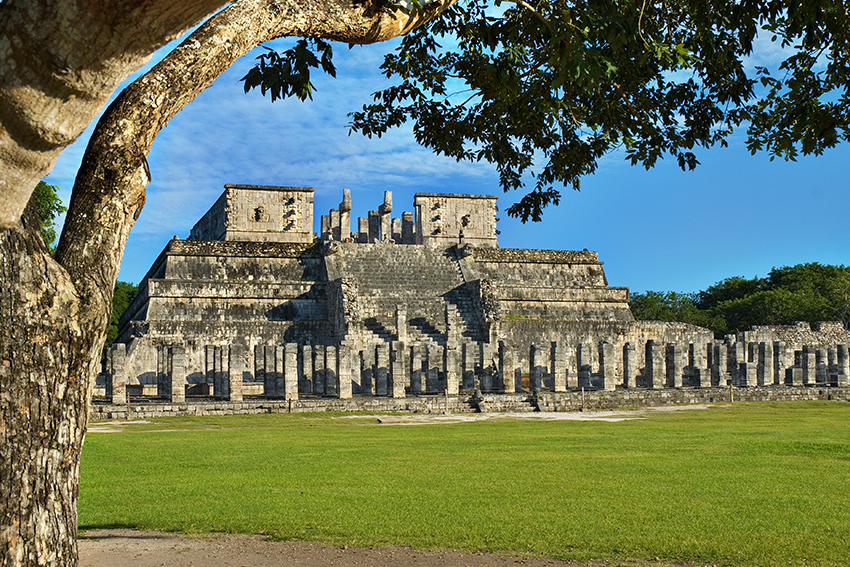
Temple of the Warriors
Constructed on prime of an earlier temple known as Chac Mool, the huge Temple of the Warriors is known for its columns coated with carvings of warriors and clergymen; panels that includes Kukulcán rising from the jaws of a snake, jaguars and eagles devouring hearts, a mural exhibiting an assault on a coastal village by seagoing warriors in canoes, Atlantes figures, customary bearers, and a Chac Mool statue on the higher stage surrounded by feathered serpent pillars that after supported the temple roof. The structure is a mix of Mayan and central Mexican parts.
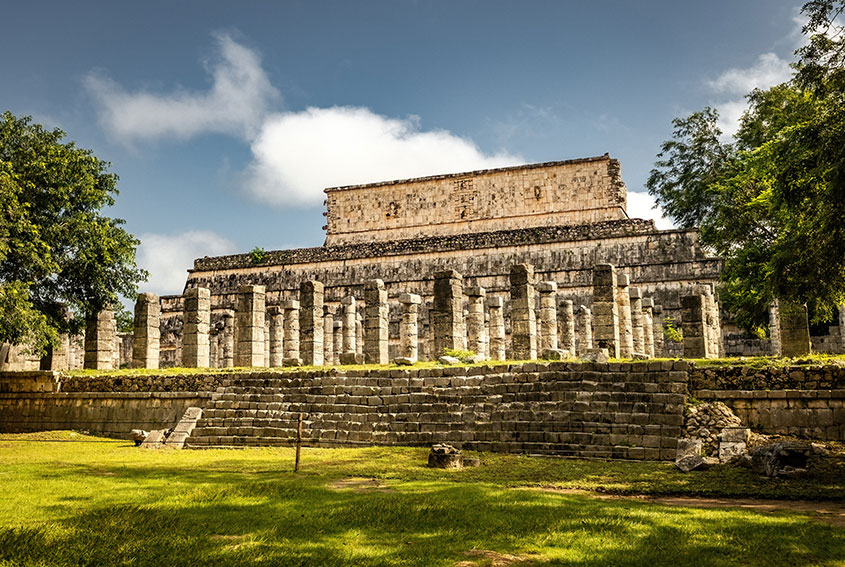
The Court docket of a Thousand Columns
The colonnades in entrance of and to the south of the Temple of the Warriors have been initially coated with a wood roof and will have been halls that have been used throughout ceremonies or for gatherings throughout which nobles mentioned metropolis coverage. The colonnade extending from the entrance of the Temple of the Warriors to the northwest consists of 221 pillars, each carved with a novel portrait of a warrior, priest, noble and captives. The courtyard fashioned by these walkways housed ball courts, temples, steam baths and the Mercado or Market, additionally thought to have been the location of the Popol Nah or council chamber.
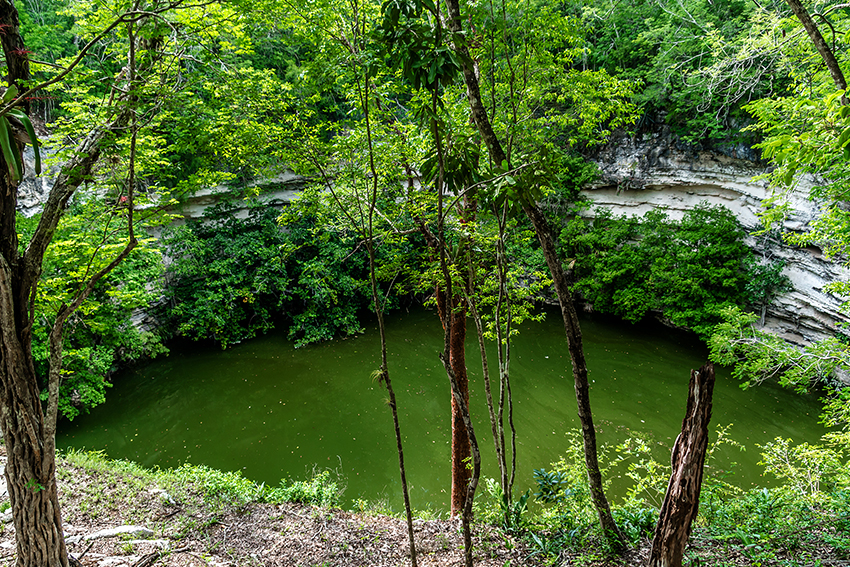
The Sacred Properly
A brief stroll from the Nice Plaza alongside a sacbe is the Sacred Cenote, a deep sinkhole that was as soon as the location of sacrificial ceremonies to appease Chaac, the rain god. The Maya believed that cenotes and caves have been entrances to the Underworld, the house of the gods and subsequently holy locations.
This cenote has been dredged a number of occasions and choices of gold collectible figurines, turquoise, jade, rubber, pottery and copal have been recovered, together with the bones of sacrificial victims.
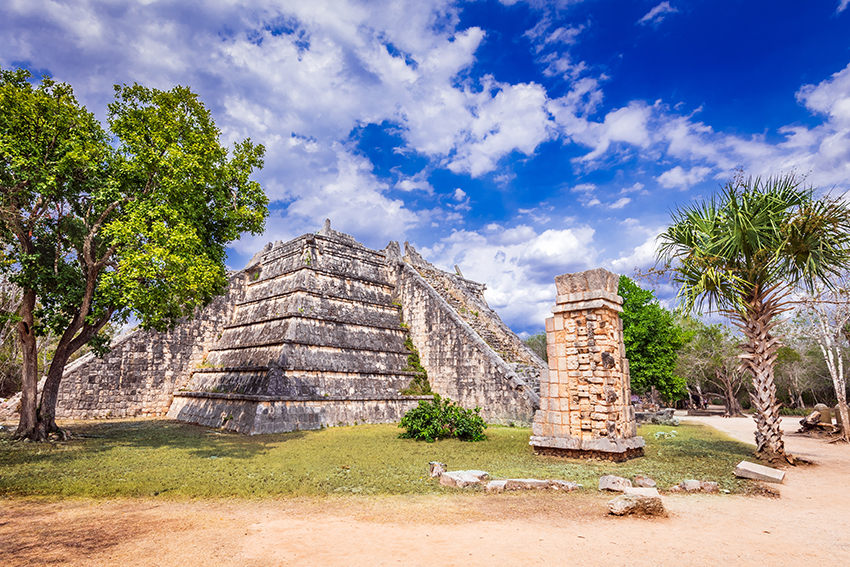
The Ossuary
Often known as the Tomb of the Excessive Priest in reference to the burials discovered in a cave beneath the pyramid, the Ossuary was constructed a while in the course of the ninth century. The wall carvings characteristic serpents, birds with the face of Itzamna, the chief god in the Mayan pantheon, cacao, fruit, Chaac masks and pictures of Kukulcan.
En route to the Observatory you see the Home of the Deer and the Chichanchob or Coloured Home, two of the location’s earlier buildings. Archaeologists are presently learning hieroglyphic inscriptions discovered on the Coloured Home.
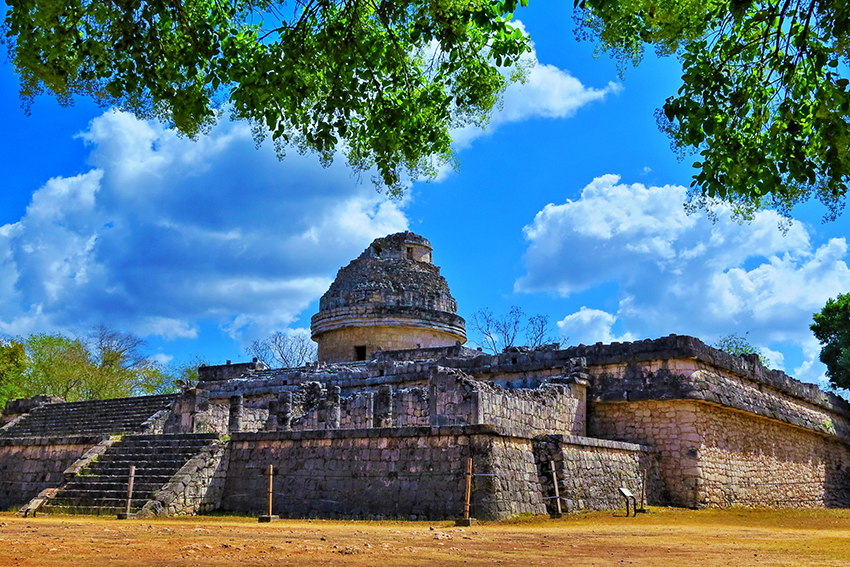
Ancient Observatory
El Caracol, often known as the Observatory, is a spherical tower on a sq. platform that was utilized by ancient Mayan clergymen and astronomers to examine the heavens. It has a viewing platform and wells to mirror starlight, and was aligned to catch sunsets and moonsets on each equinoxes and to mark the course of Venus. Spherical towers are uncommon in the Maya World and are a central Mexican innovation. Archaeologists have found that the Observatory had not less than six constructing phases.
Maya Chichen
The group of buildings positioned to the south of the Observatory was constructed in the course of the interval A.D. 600-900 in the Puuc architectural fashion typical of southwestern Yucatan and characterised by elaborate friezes that includes curl snouted masks of Chaac, the rain god. The most important constructing is Las Monjas, which had seven constructing phases and was christened “The Nunnery” by Diego de Landa as a result of it resembled the convents of Spain. The East Annex and La Iglesia (the Church) are smaller buildings with magnificent higher friezes.
Paths lead on from this space into Chichen Viejo, the place there are extra clusters of earlier temples in the forest. Archaeologists are nonetheless at work in this space.
Prepared to go to Chichen Itza?
Thomas More Travel presents a number of day journeys to Chichen Itza and should you resolve to discover the jap Yucatan, tour desk workers will enable you plan a non-public tour and your sightseeing itinerary.
